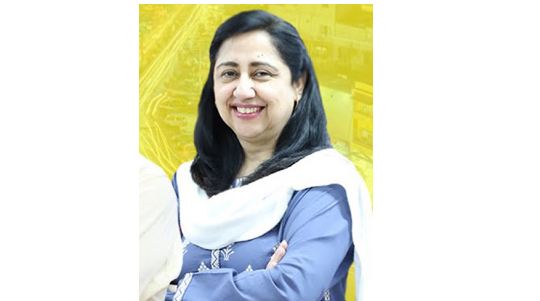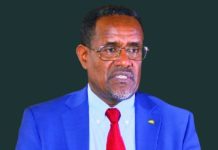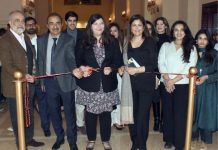ISLAMABAD, APR 30 (DNA) — If people are rarely engaged socially, how are they keeping themselves mentally and physically alive? Are there enough libraries and playgrounds available to do so? Not that other ages do not need these, but with the number of youth present in the country, the importance of having facilities where the young can shape and nourish their minds and bodies become all the more important.
According to a Press Release issued by the PIDE, Dr. Durre Nayab, Pro Vice-chancellor of National Think Tank, in her latest research, showed a very low level of social and civic engagement among the people of Pakistan. The libraries provide not just information but also contribute to building communities. Public libraries can be a great equalizer by providing information and education to those who otherwise cannot afford it.
The PIDE’s research titled “Shaping Minds and Bodies: Do We Have the Facilities?” which is the fifth BASICS Note of the Series, shows that a vast majority of Pakistanis (83%) do not have access to any library, with only a tiny proportion (4.5%) being very happy with the one they can access. Access remains low for both sexes, but females have more inadequate access than their male counterparts for all age groups.
Dr. Nayab further elaborated in the report that it is worth mentioning here that this is reported access. A facility might exist but still remain inaccessible for a variety of reasons. Some of these reasons can be the awareness about its presence, distance to the facility, opening timings, and it being gender-inclusive/exclusive. Factors like these can explain the lower reported accessibility by females than males in the study.
While the research shows that education improves a person’s reported accessibility to a library, it may be mentioned here that education can bring awareness and information, which a person without it can lack. The presence of a facility can remain unknown to a person who is not interested in it or lacks knowledge about its existence.
Additionally, Accessibility to a library increases with increasing educational levels, while increasing income levels do not improve accessibility to a library by any significant margin. How many Pakistanis have access to playgrounds? It may be clarified here that this question asks if the respondent can access a playground, not if they actually do it.
The research shows that 60% of Pakistanis have no playground access. While one-third urban population lacks access to a playground, the proportion is three-fourths for their rural counterparts. Along with low accessibility, satisfaction too is much lower in the rural areas, expressed in the unhappy/very unhappy responses.
Punjab fares the best among the four provinces, followed by Balochistan and Sindh. KP shows the highest proportion of those not having access to a playground (67.8%). GB continues to show better trends than other territories, having the lowest proportion of those not having access to a playground (46.3%). AJK lags behind other territories, with 62.3% needing more access to a playground.
In her report, PIDE Pro VC described that the education level positively correlates with the accessibility of a playground. The proportion of not having access to a playground declines as we go up the educational ladder from 75.1% for those who have never been to school; it reduces to 41% who have achieved more than a high school education. Those happy/very happy also increase with increasing educational level.
Lastly, we see how income levels, expressed in quintiles, relate to the accessibility of a playground. Income has a positive effect on the accessibility of a playground only after a certain level, as we see some reduction in those lacking access after reaching the third income quintile. — DNA












